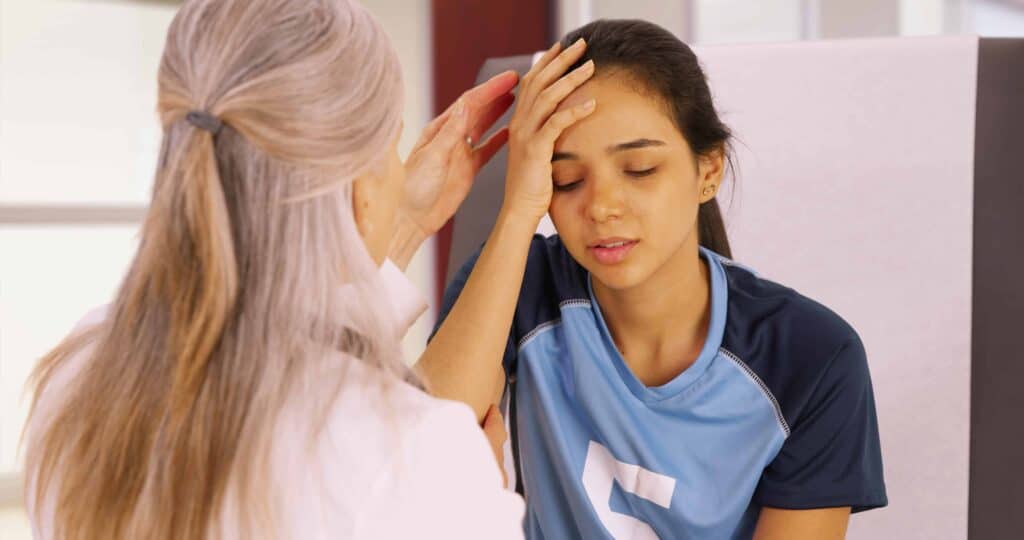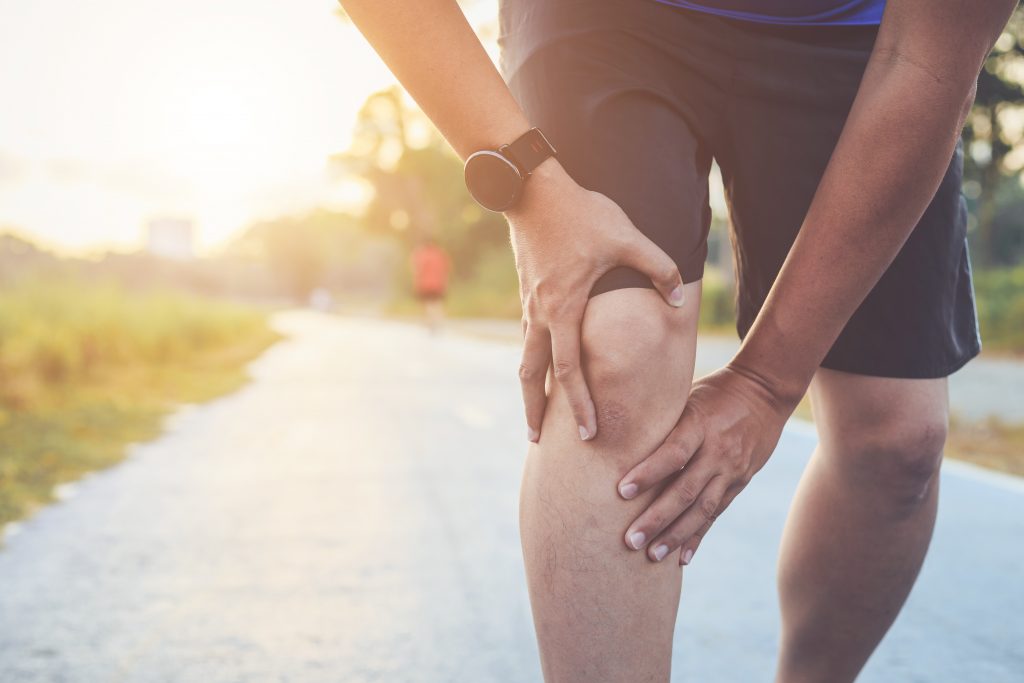Acquired Cognitive-Communication Disorders and Post-Concussion Syndrome in sport: What you should know

Sport-Related Concussion has become recognized as a major health problem that affects millions of people around the world annually (Wang et al., 2016). In Canada, sport and recreational activities account for a large proportion of concussions, particularly amongst children, adolescents and young adults (Government of Canada 2018). Most concussed individuals recover within 4 weeks. Typical…
Intimidation at the gym
Going to the gym is beneficial for health, but what if you suffer from intimidation at the gym? Individuals may find the gym overcrowded and equipment confusing to use. You can help ease “gymtimidation” by starting with simple workouts, doing research about equipment and exercises, hiring a personal trainer, or going with a friend.
Guard your mouth
Wearing a properly fitted mouthguard is important to help prevent mouth and face injuries. Not only can injuries to the mouth and face impact an individual physically, they can also have psychological and social consequences. Research shows that mouthguards reduce injuries to the mouth and face by absorbing impact.
Exercise and immunity
Regular physical activity, as little as 30 minutes of activity, five days a week, can strengthen the human immune system and reduce the risk of falling ill and dying of infectious diseases by 37%.
Athlete health and clean air
In June, on Canada’s Clean Air Day, SIRC took a look at air pollution and how it can affect the healthy and performance of outdoor sport participants. Today, is the International Day of Clean Air and it bares reminding that as sport leaders we have a responsibility to understand air pollution and its impact on…
Foam rolling can increase flexibility, decrease pain with without negative effects on performance

Foam rolling has become very popular over the last decade. It is believed to increase flexibility and range of motion, improve athletic performance and reduce pain and muscle soreness. Our laboratory within the School of Human Kinetics and Recreation at Memorial University of Newfoundland has been working to verify these claims and determine whether…
First Aid Training
Automatic External Defibrillators (AEDs) can be lifesaving, but only when the public is willing and able to use them. A recent study of community sports clubs in Ireland demonstrated that only one-fifth of club members were willing to use an AED. However, after only 2 hours of training, 77.5% were willing to use the lifesaving…
Stair climbing for heart health
Exercise is an important part of rehabilitation after heart procedures. But time, equipment and access to a gym can be a barrier to exercising. Stair-climbing is a safe, efficient, and accessible alternative that can help cardiac patients improve their heart health and build muscle. Best of all, stairs remain accessible to exercisers even amid pandemic-related…
Terry Fox
Today we are celebrating Terry Fox Day. Terry Fox was a Canadian athlete and cancer research activist. After losing his right leg to osteosarcoma, he was inspired to start running across Canada to raise money for cancer research. Fox’s journey was cut short as his cancer progressed, but his “Marathon of Hope” raised $24.17 million…
Treating sport-related concussion with exercise
For decades, rest has been prescribed for sport-related concussion symptoms. But new evidence suggests that mild to moderate aerobic exercise can be a safe and effective concussion treatment. In fact, exercise can help speed up recovery and help athletes who experience symptoms beyond the expected recovery period.